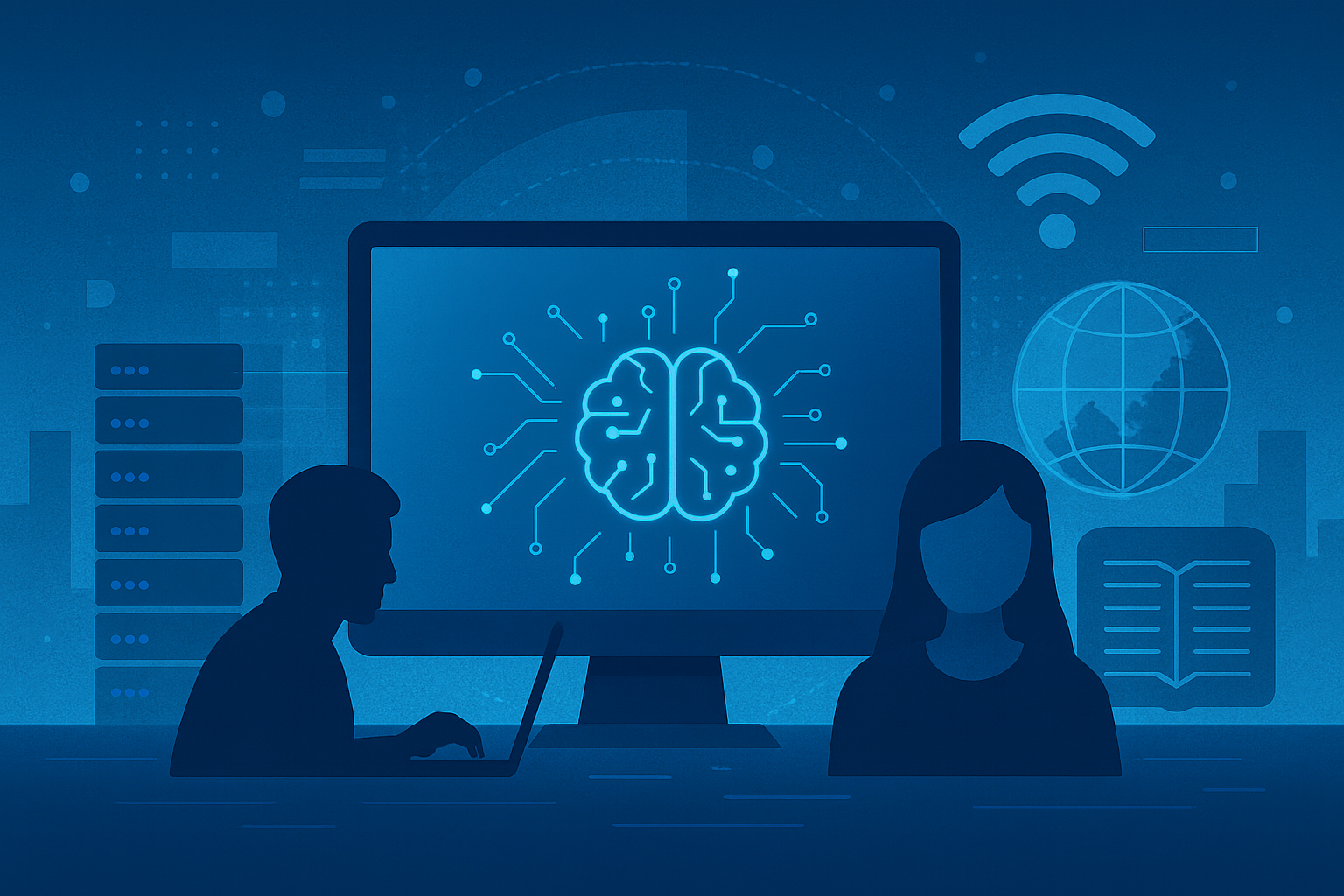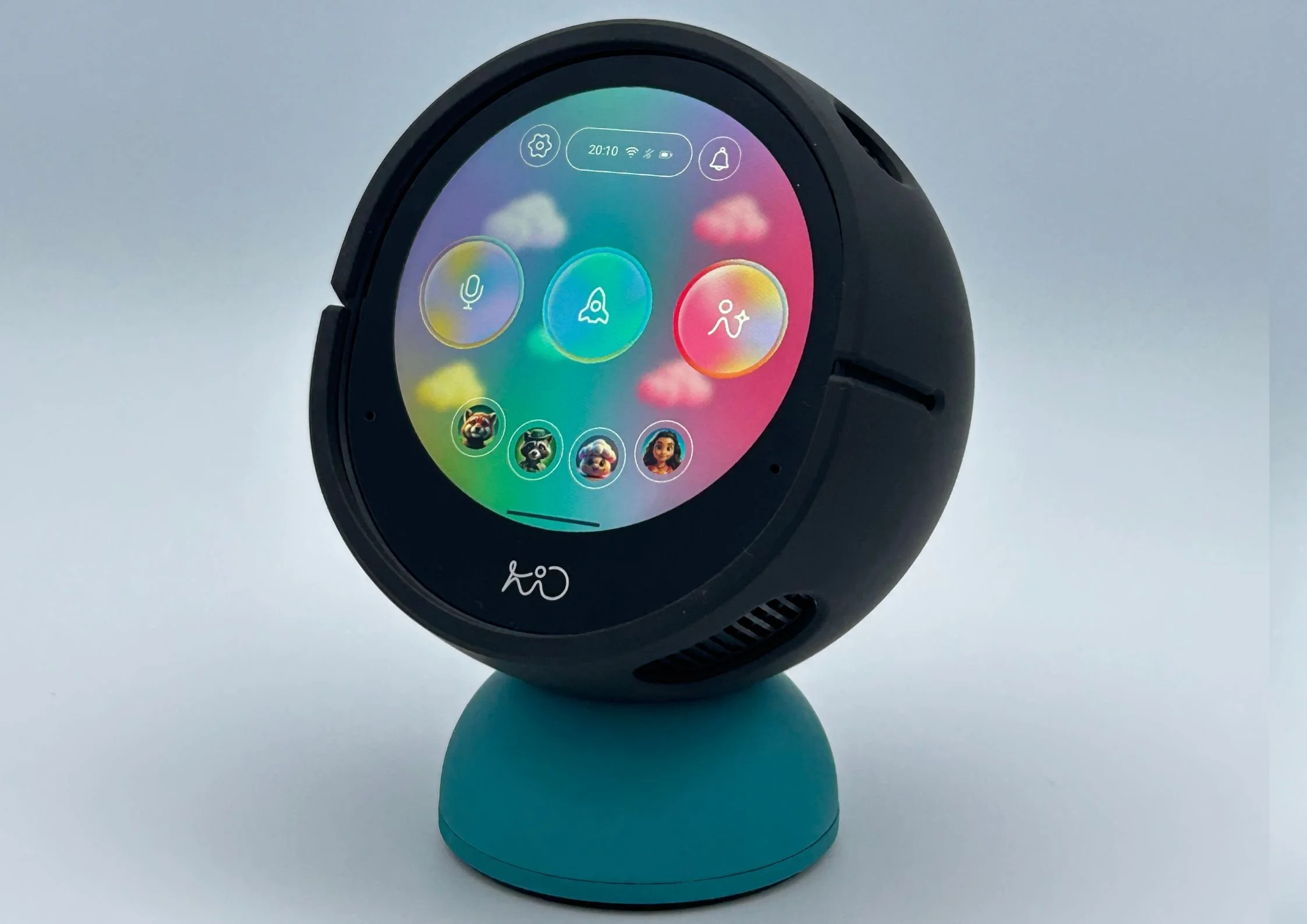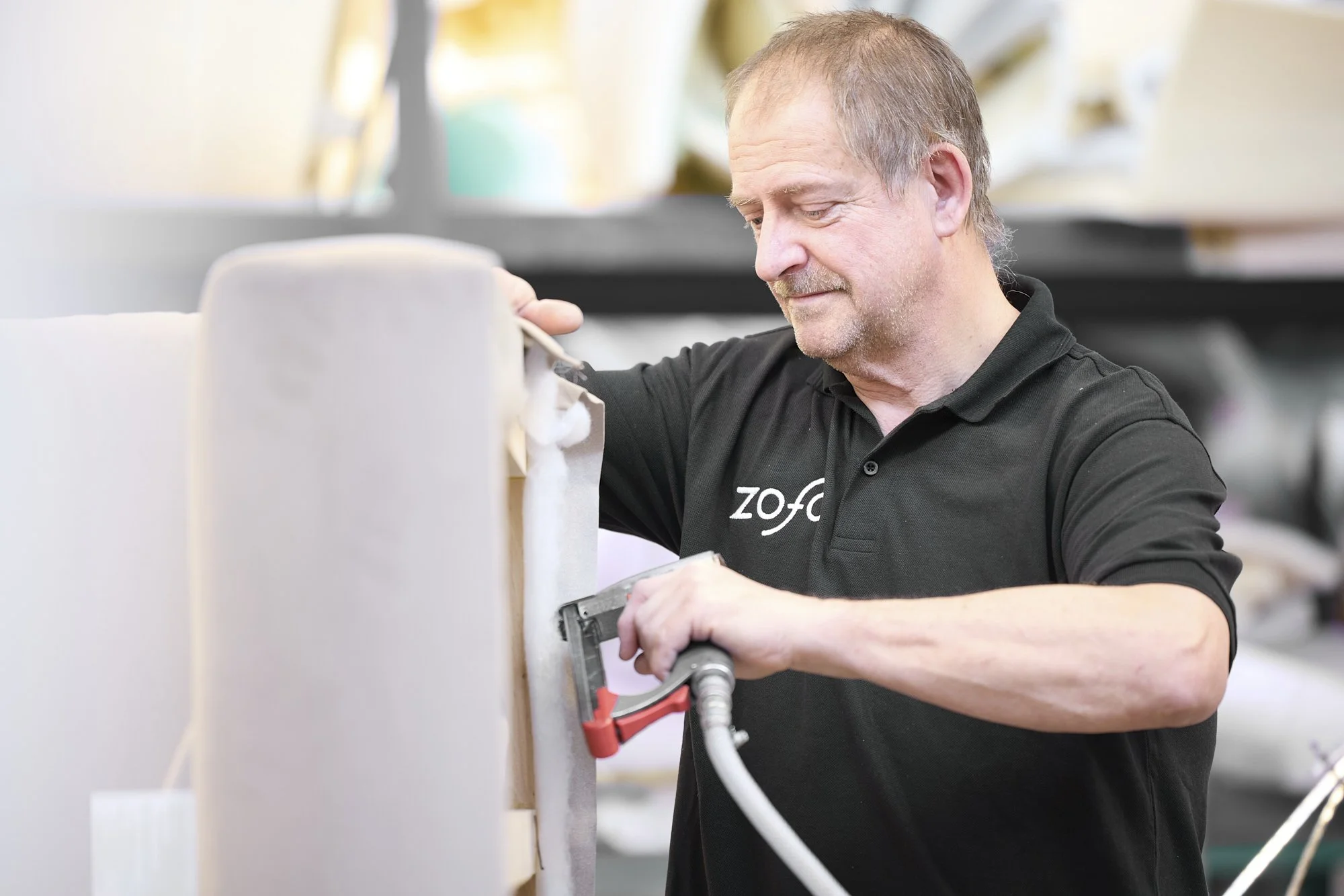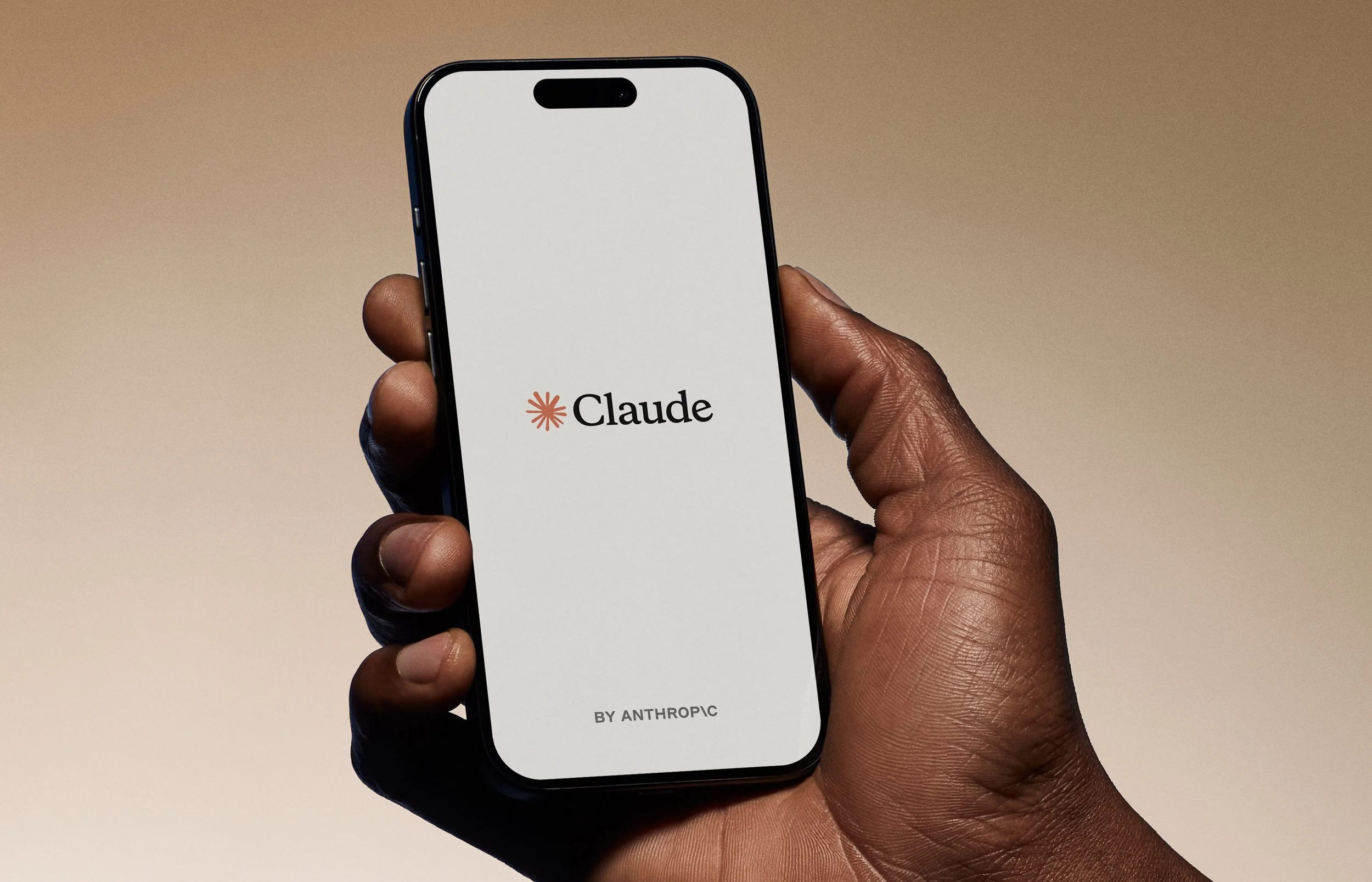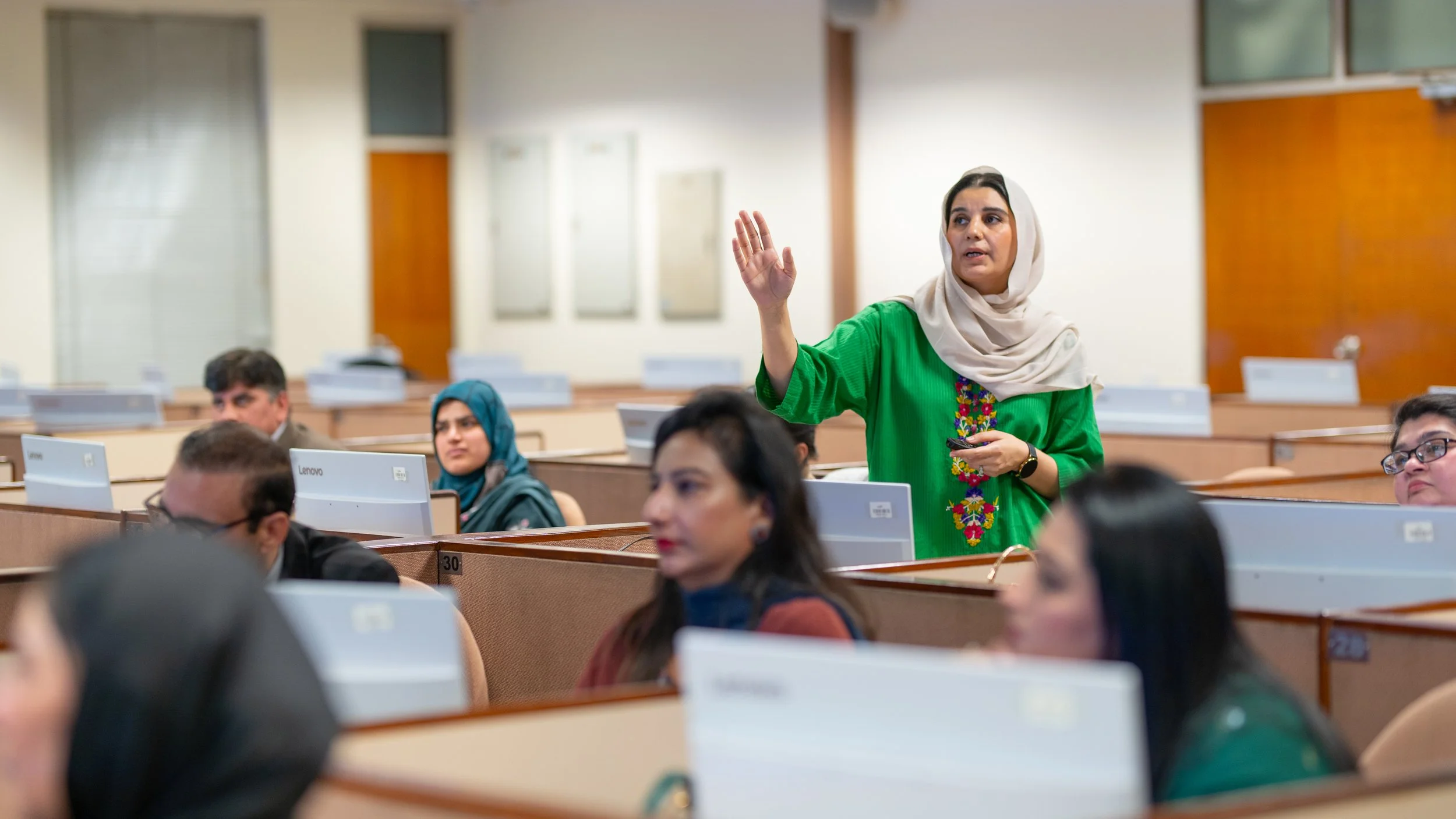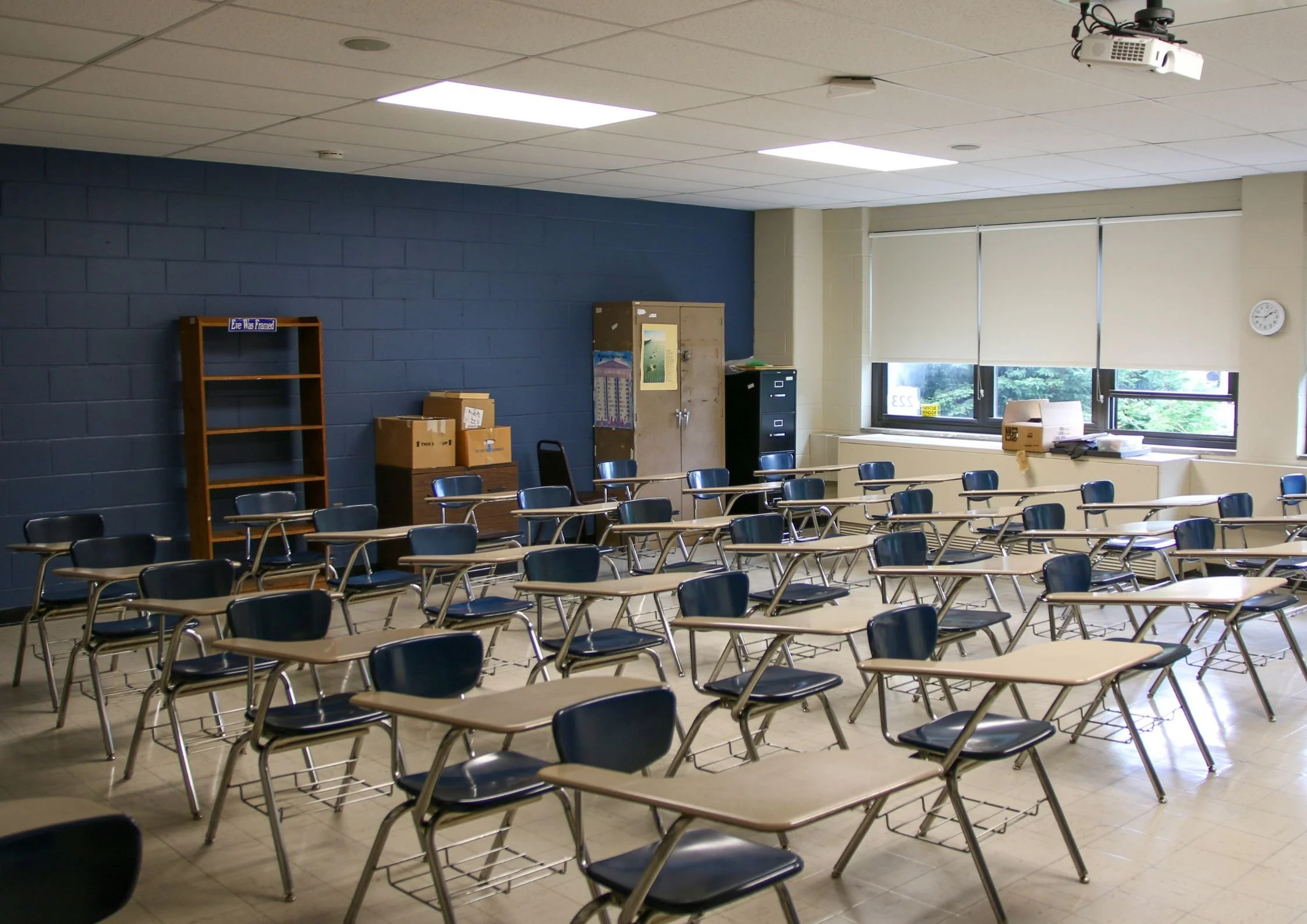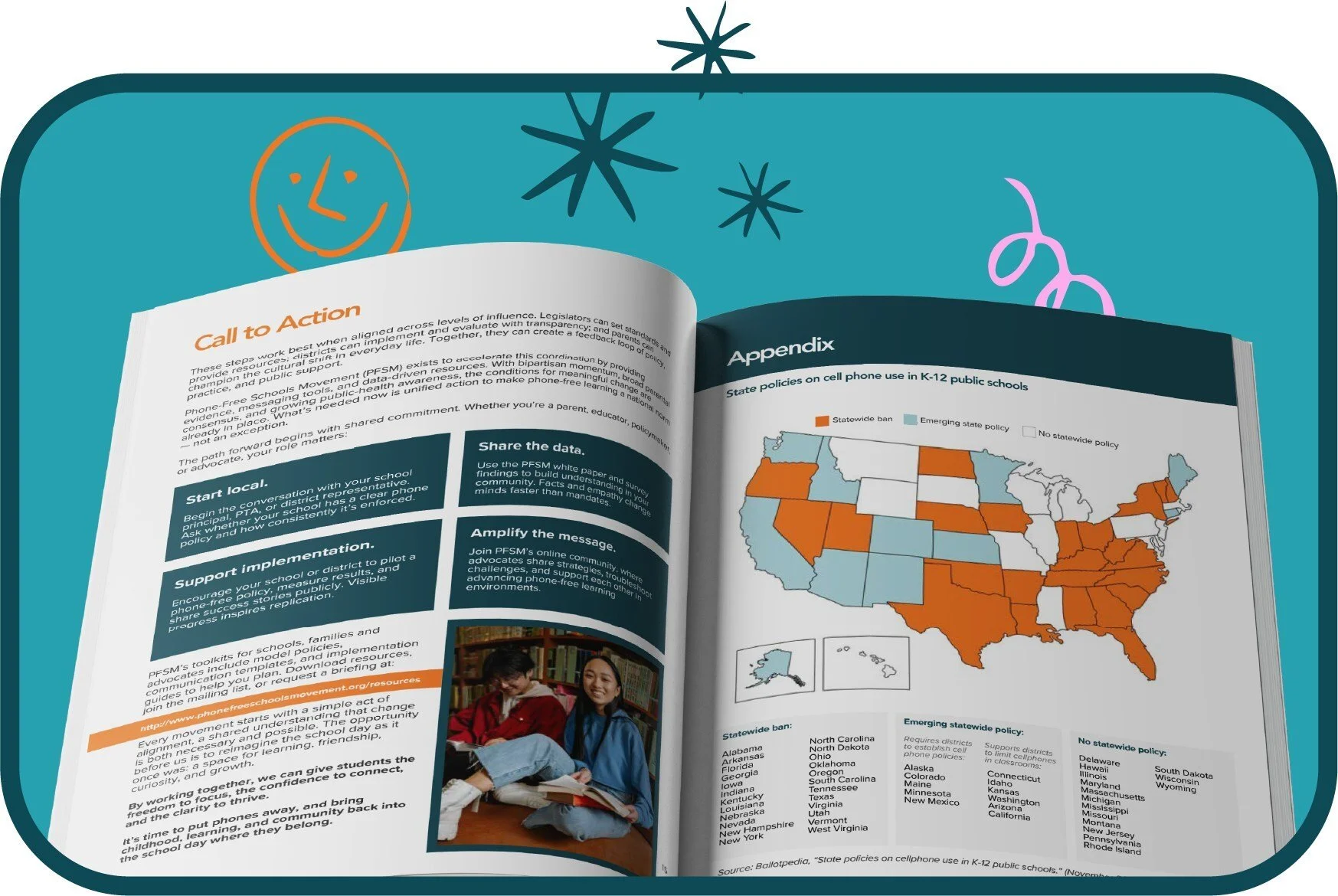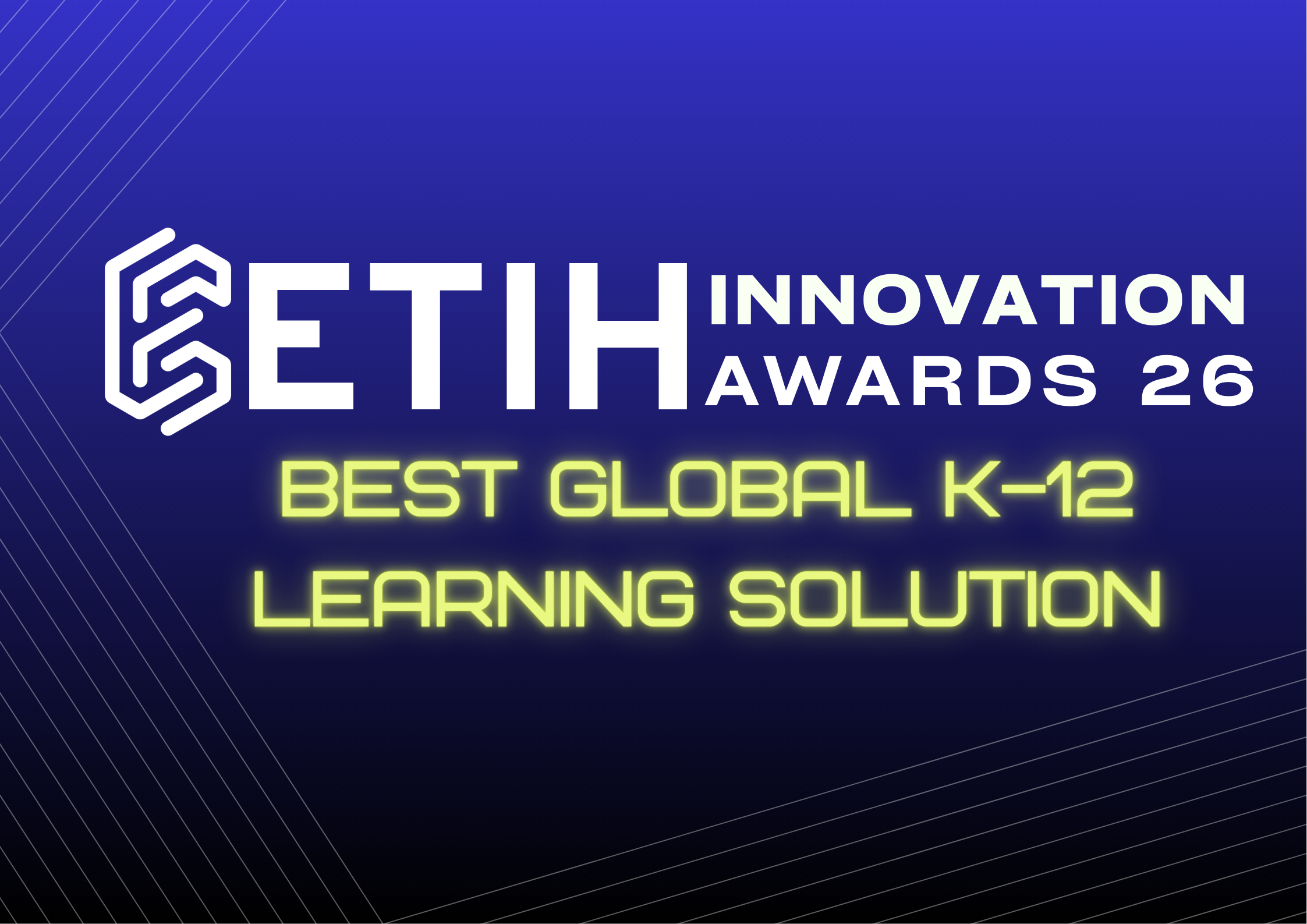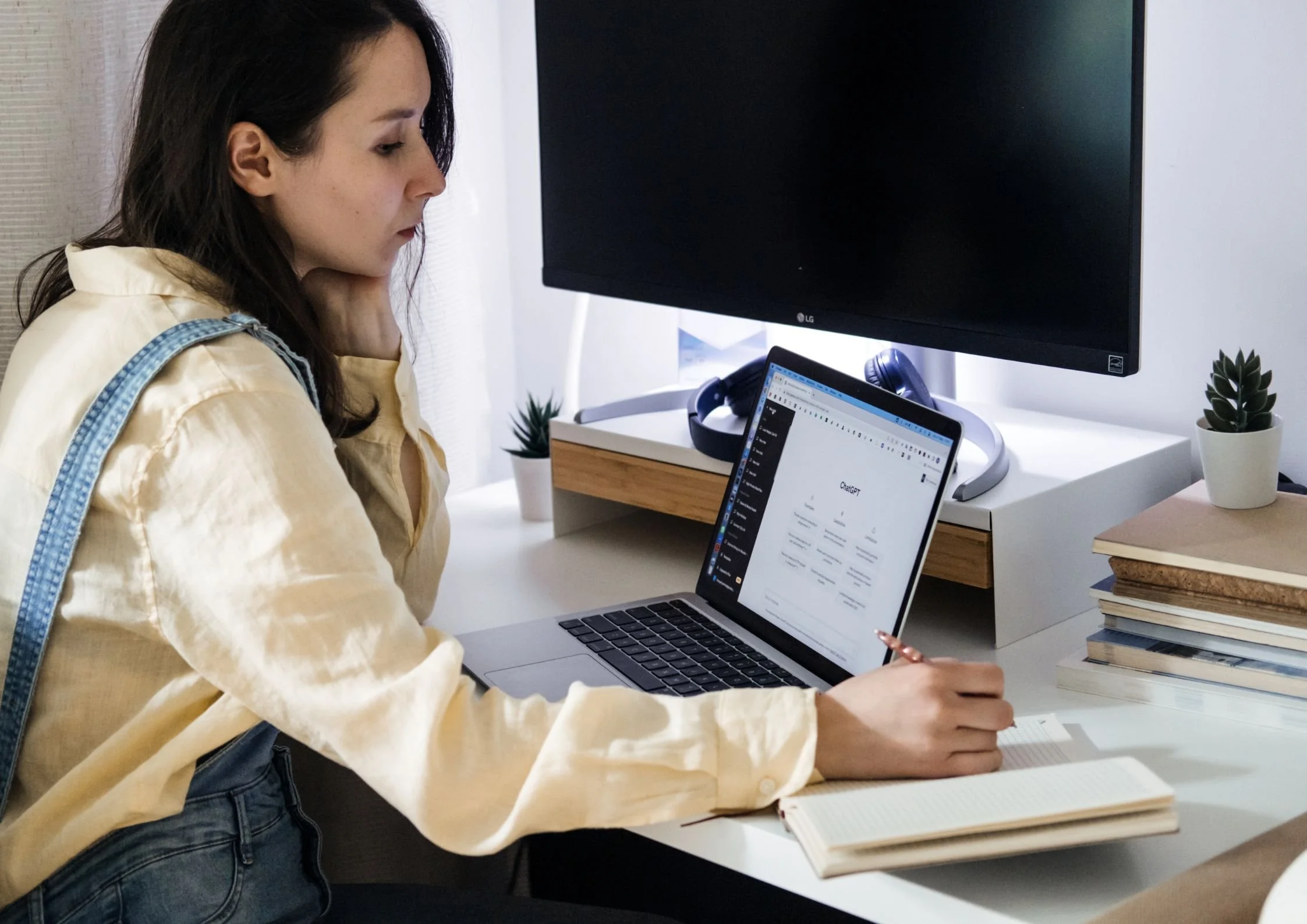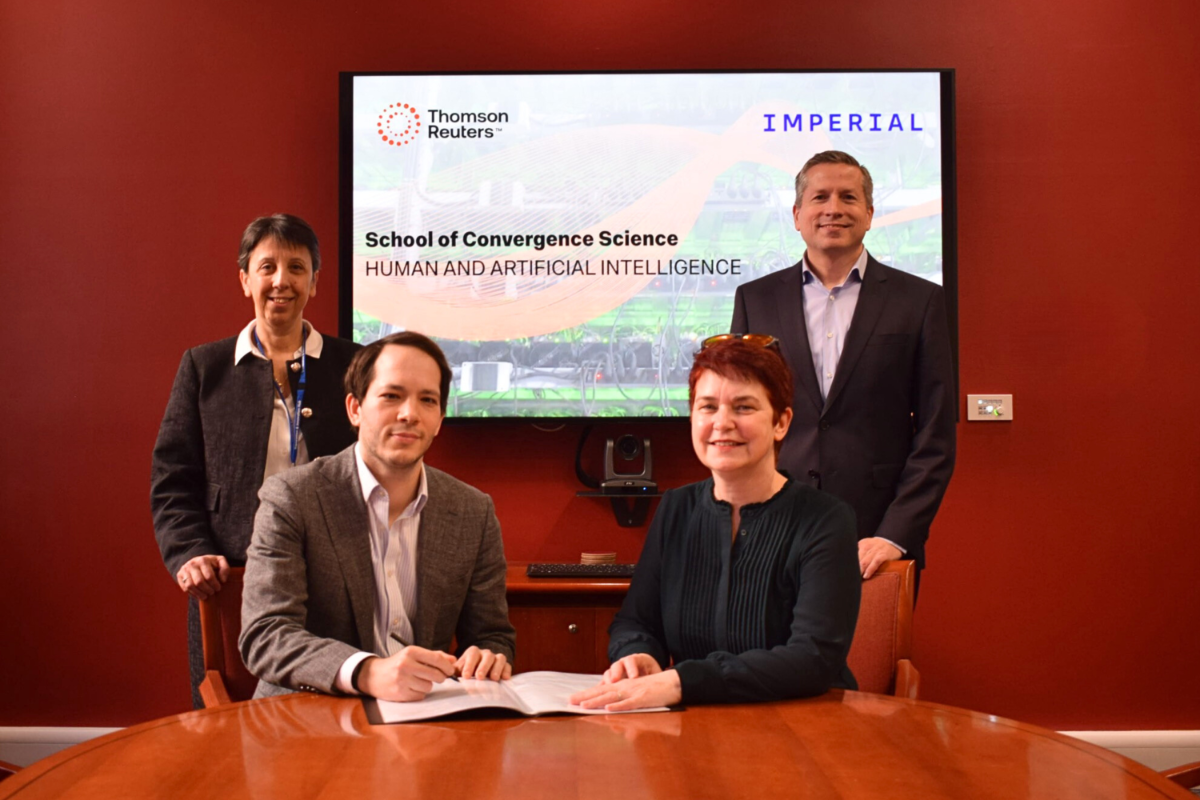Virginia Tech unveils digital library platform to expand public access to research and cultural collections
Screenshot of the Virginia Tech Digital Library Platform, offering global access to collections from the university and regional partners for research and education. Photo credit: Virginia Tech.
Virginia Tech has introduced a new Digital Library Platform that centralizes access to a broad range of collections, from 19th-century manuscripts to 3D-scanned scientific specimens.
Developed by University Libraries, the platform is designed to support scholarly research, public discovery, and long-term preservation.
Centralized access to diverse resources
The platform brings together materials that were previously scattered across multiple systems. It supports historical archives, cultural heritage materials, and specialized scientific datasets from both Virginia Tech and regional partners.
Wen Nie Ng, digital collections librarian and metadata expert, says the platform connects collections across disciplines and expands engagement beyond campus. “What makes this platform unique is that it not only houses collections but connects them across disciplines and national databases while also bringing together people from the community to engage with knowledge in new and meaningful ways,” Ng says.
The project was developed by a multidisciplinary team that includes software engineers, digital preservation specialists, metadata experts, and AI researchers.
More than digitization
Built on Amazon Web Services with custom features, the system is designed to go beyond basic digitization efforts. It integrates metadata management, repository services, and preservation workflows to ensure long-term usability of digital materials.
Jennifer Goyne, digital libraries product manager, says the goal is to create a mature platform that consolidates resources from Virginia Tech and local collaborators. “We’re bringing together a vast number of digital collections from Virginia Tech as well as local and regional collaborators across formats and disciplines into a mature platform that is publicly accessible,” Goyne says.
Lee Hunter, a software engineer on the team, emphasizes the platform’s public reach. “We get to work every day making information available to the entire world for free,” Hunter says. “And Virginia Tech has a very wide reach, so hopefully we can leverage that to help people that we’d never connect with otherwise. Making information available to the public is hugely important. It pushes everyone forward.”
Community engagement and regional collaboration
University Libraries worked with local historical societies, museums, churches, schools, and cultural heritage organizations across Southwest Virginia to make their archives accessible.
“These collections amplify otherwise unseen items by increasing accessibility and discoverability,” says Alex Kinnaman, assistant director for digital libraries and preservation. “In doing so, we can bring more attention to our valued cultural heritage organizations and build strong relationships with the community without incurring any financial cost or risk for them.”
Collections spanning cultural heritage and science
The platform supports varied collections, from theater archives to biomedical research. For example, the Barter Theatre archives document the history of a renowned Southwest Virginia theater through digitized posters, playbills, and ephemera previously available only onsite.
In contrast, the Prader-Willi Syndrome Research Collection offers an interactive biomedical resource focused on the neurogenetic basis of a rare disease. It includes guided visualizations of high-resolution tissue images, presented using the MINERVA suite of visualization tools.
Bill Ingram, associate dean and executive director of information technology for University Libraries, says these examples show the platform’s breadth. “These tools enable researchers and students to navigate high-resolution image data in the context of structured narrative explanations, supporting teaching and research in fields such as digital pathology and neurogenetics,” Ingram says.


